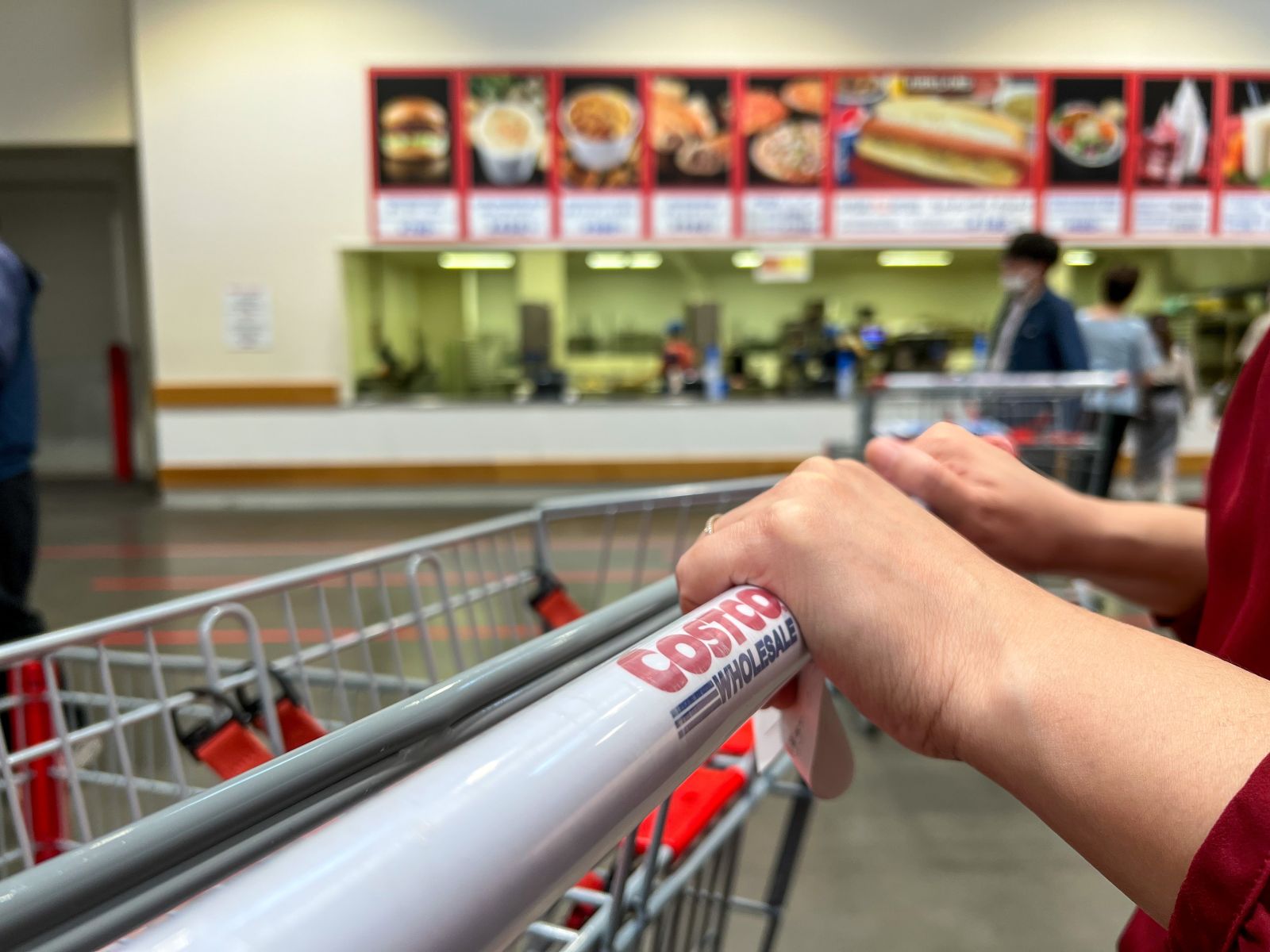
Costco Wholesale Corp (COST) delivered mixed results yesterday for its fiscal year ending Aug. 31. Although revenue was lower than expected, earnings per share and free cash flow (FCF) were strong. In addition, its FCF margins held up, although slightly lower than last year.
As a result, analysts are estimating higher revenue for the next two years. Given its high FCF margins, this could lead to a 20% higher target price for COST stock at over $1,057 per share over the next year.
COST stock is trading lower in the midday market on Sept. 27quotes at $880.74. This is off its recent high of $917.08 on Sept. 23. Nevertheless, some analysts have raised their price targets based on the company's fiscal results.
Strong Free Cash Flow and FCF Margins
Results for the fiscal year were mixed. On the one hand, revenue for the quarter was lower than analysts' forecasts at $79.7 billion vs. expectations $335.54 million higher. However, that was just 0.41% below projections. In addition, full-year revenue at $254.45 billion was still 5.0% higher than last year.
Membership fees were $4.83 billion, 5.4% higher than a year ago. Note that this fee, which is almost all profit to the company, represents 1.89% of the company's total revenue. More on the significance of that below.
Although lower than last year Costco's free cash flow (FCF) was still strong. It generated $11.34 billion in operating cash flow and spent $4.71 billion on capex, leaving $6.63 billion in free cash flow (FCF). That cash flow is “free” to be spent on dividends, buybacks, and debt repayment.
This $6.63 billion in FCF represented 2.6% of Costco's revenue for the fiscal year. Note that membership fees of $4.83 billion represent 73% of the $6.63 billion in FCF that Costco generates. That shows how extremely important these membership fees are to the company.
Analysts' Higher Forecasts and Target Prices
Nevertheless, analysts now forecast significantly higher revenue for the next two fiscal years. For example, Seeking Alpha says 21 analysts have an average revenue projection of $272.67 billion for the year ending Aug. 2025. That is 7.16% higher than the fiscal year ending Aug. 2024. Moreover, for the next year, 24 analysts project $291.92 billion in sales.
That means for the next 12 months (NTM) from today, analysts have an average run rate forecast of $282.3 billion, or 10.9% higher than this past year.
Moreover, if the company keeps generating 2.60% FCF margins, this implies that FCF in the NTM period could reach $7.34 billion (i.e., 0.026 x $282.3 billion). That is useful in setting a price target for COST stock.
For example, using a 1.50% FCF yield metric, the stock could end up with a $489.3 billion market capitalization. That is seen by dividing $7.34 billion in NTM FCF by 0.015. That is 22.3% over today's market cap of $400 billion.
So, just to be conservative, let's use a 20% higher price target. That sets it at $1,057 per share (i.e., 1.20 x $880.74 price today).
Analysts also have higher price targets. For example, the mean price of 29 analysts surveyed by Yahoo! Finance is $906.08 and in Barchart's survey, it's $914.47. Moreover, AnaChart, a new sell-side analyst tracking site, shows that 30 analysts have an average $940.03 price target.
Moreover, GuruFocus reports today that Barclays raised its target to $850 per share and J.P. Morgan also hiked its price target to $945 from $925, highlighting strong growth in durable goods categories like toys and home furnishings.
One way to play this is to sell short out-of-the-money (OTM) put options. That way investors can gain extra income and also set a lower buy-in price target.
Selling OTM Puts
For the period expiring Oct. 18, three weeks from now, OTM puts at the $855 and $860 strike prices, 3.5% and 2.92% below the spot price respectively, have attractive yields. For the bid-side premium, the $855 strike price is $8.30. That represents a short-put yield of about 1.0% (i.e., $8.30/$855.00).

In addition, the $860 strike price put contract has a $9.60 premium which represents 1.11% of the investor's secured cash. For example, to do this the investor has to secure $86,000 in cash and/or margin with their brokerage firm. As a result, after entering an order to “Sell to Open” this contract, the account will receive $960.00.
As long as COST stays over $860 in the next three weeks, that secured cash will not be used to buy 100 shares at $860.00. But in any case the investor still gets to keep the shorted put premium. As a result, if the trade can be rolled over every three weeks for a quarter, the expected return (ER) is 4.0% for the $855 put premium and 4.44% (i.e., 1.0% x 4 and 1.11% x 4).
The bottom line is that Costco is still generating large amounts of free cash flow. Higher revenue forecasts from analysts could lead to higher prices for COST stock over the next year. Using a short-put strategy in OTM strike prices, the investor can set a lower buy-in price target.
On the date of publication, Mark R. Hake, CFA did not have (either directly or indirectly) positions in any of the securities mentioned in this article. All information and data in this article is solely for informational purposes. For more information please view the Barchart Disclosure Policy here.






